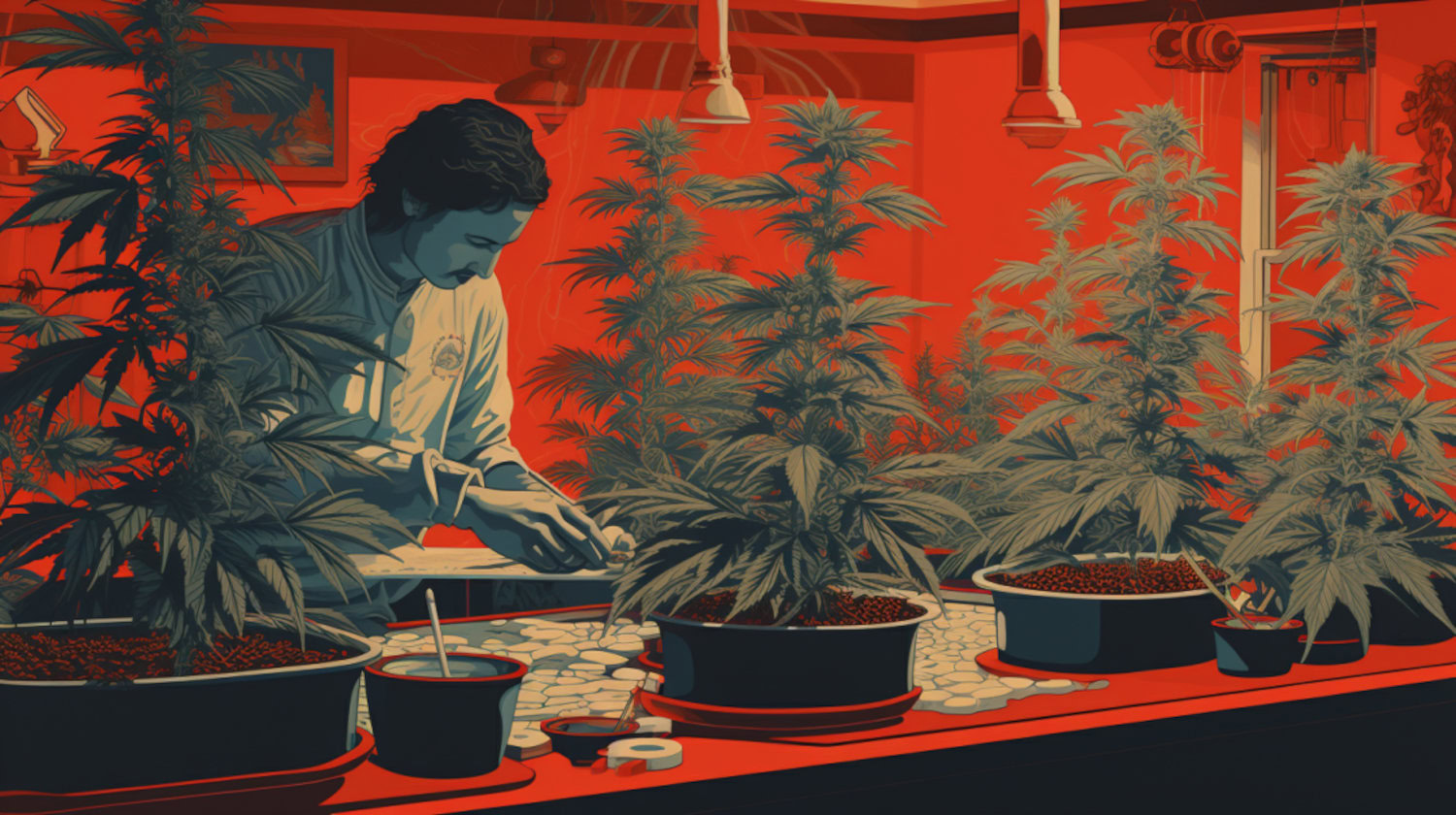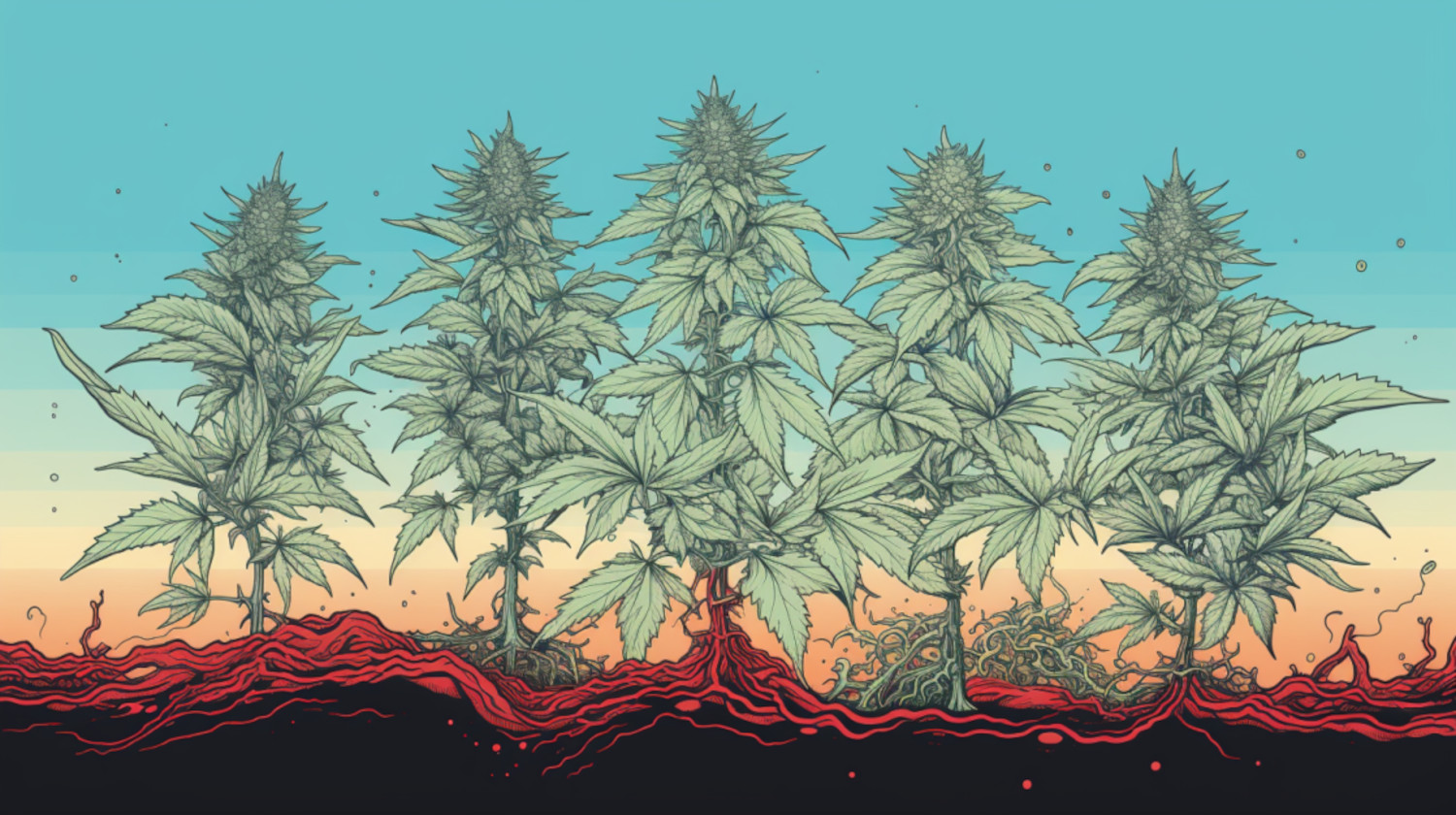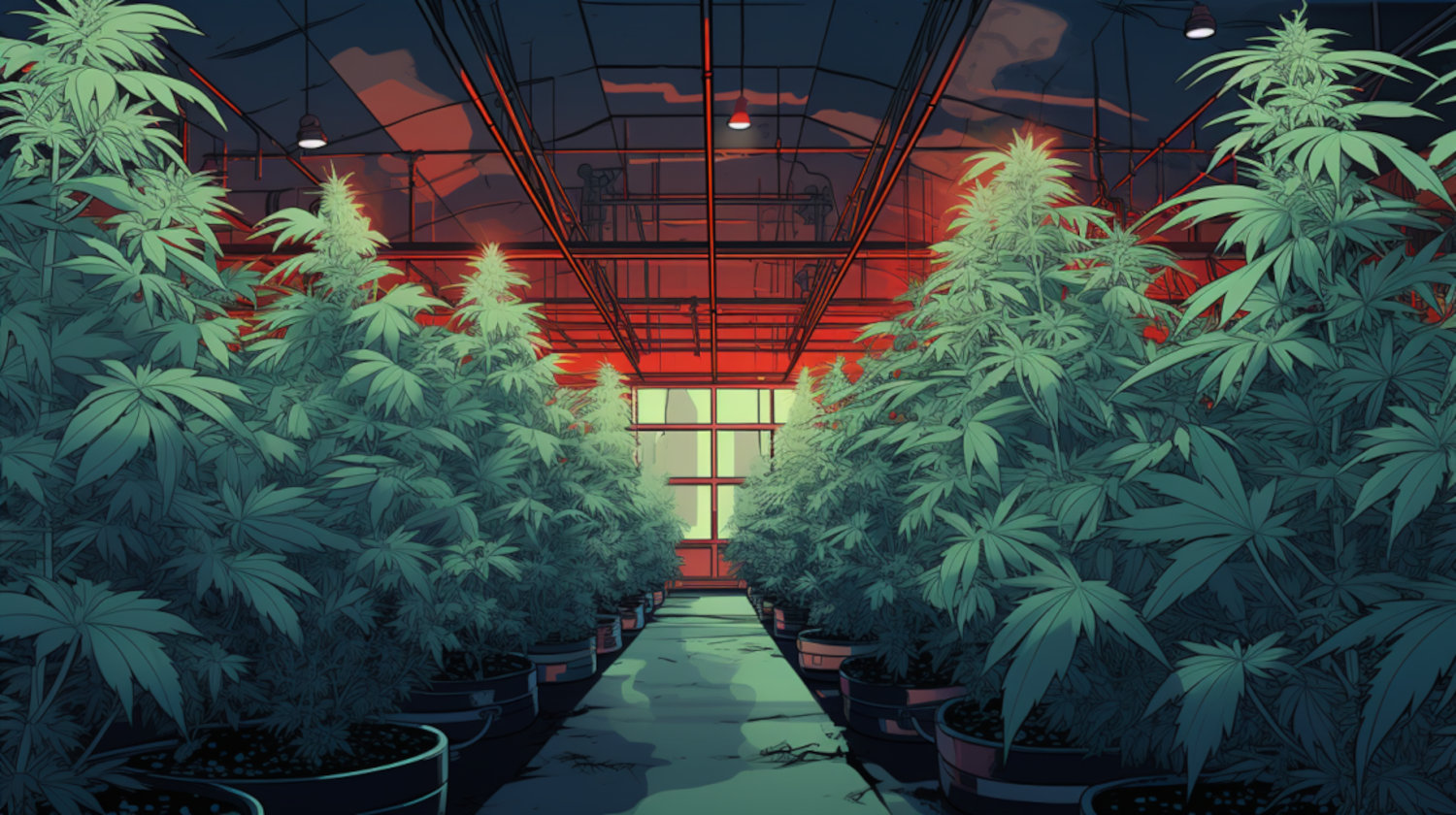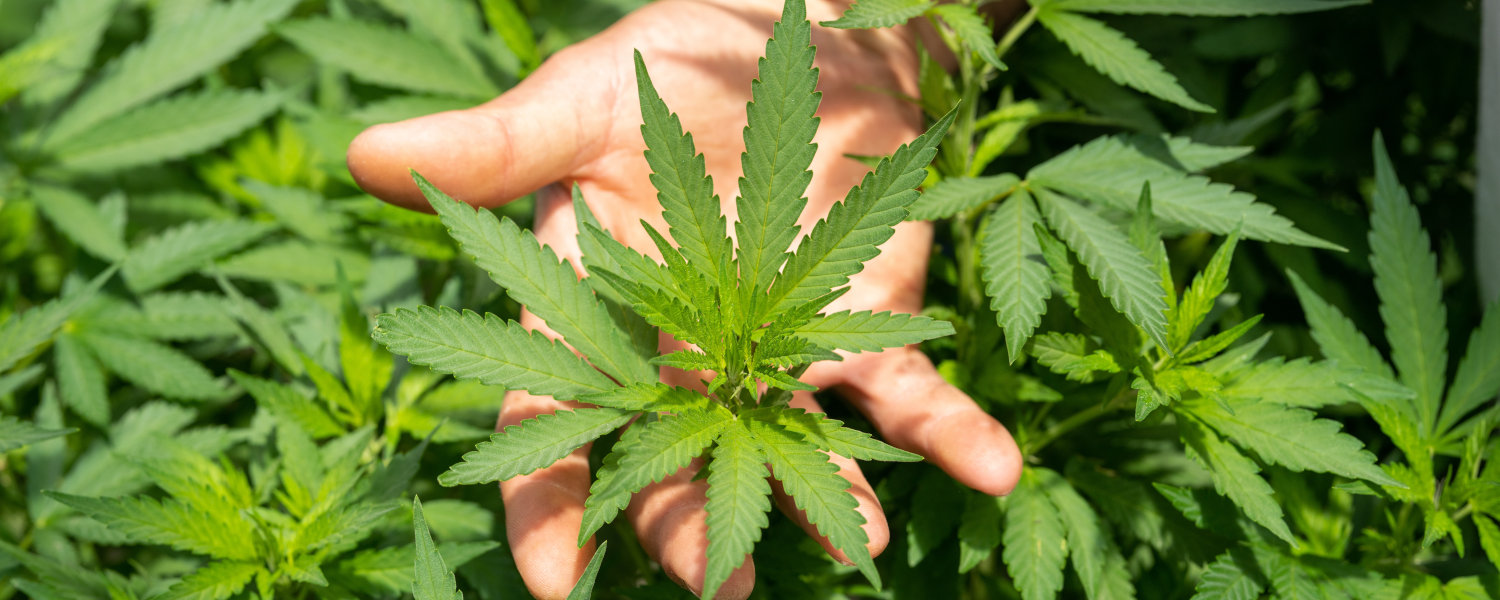-
What you will learn in this post:
Water is the lifeblood of all plants, including cannabis. It's essential for their growth, nutrient uptake, and overall health. However, when it comes to watering cannabis, there's a fine line between just right and too much. Overwatered cannabis plants are not healthy, leading to decreased yields and even dead plants.
Overwatering is a common mistake, especially among new growers, and it can lead to several problems that compromise the plant's health and productivity.
Overwatering means more than giving your plants too much water at a time. It can also occur when you water them too frequently or do not allow the soil to dry out adequately between watering. This can lead to a range of issues, from nutrient imbalances to root rot.
What is Overwatering?
Overwatering cannabis is the process of providing the plant with more water than it can effectively use or expel, leading to a saturated and unhealthy growing environment. This is not just about the quantity of water used; it's about understanding the plant's needs and the conditions of the growing medium.
Cannabis plants thrive best in soil that is moist but not waterlogged. The ideal soil for cannabis is one that retains enough moisture to nourish the plant while also draining excess water efficiently. This balance ensures that the roots can absorb both water and oxygen.
Cannabis overwatering typically happens in soil that doesn't drain well or when the grower waters the plant too frequently, not allowing the soil to dry out between watering.
The key to optimal watering lies in understanding the type of soil you're using and its moisture-holding capacity.
A good rule of thumb is to check the top inch of the soil; if it's dry, it's time to water. If it's still moist, it's best to wait. Additionally, pots with proper drainage holes and breathable materials can help prevent water accumulation and promote healthy root growth.
What Happens When I Overwater My Weed Plant?

An overwatered weed plant can lead to a host of problems, affecting everything from the plant's growth to its cannabinoid content. When a cannabis plant is overwatered, many issues can occur:
- Root Problems: The most immediate effect of overwatering is on the plant's root system. Roots need a balance of water and oxygen to thrive. Overwatering leads to a lack of oxygen, causing the roots to suffocate and weaken. This can stunt the plant's growth and make it more susceptible to diseases.
- Nutrient Uptake Issues: An excessively watered soil can result in nutrient imbalances. Excess water can flush out essential nutrients, making them unavailable to the plant. This can result in nutrient deficiencies, even if the soil is well-fertilized.
- Fungal Diseases and Root Rot: Prolonged exposure to overly wet conditions can encourage the growth of fungi and mold. Root rot, a condition caused by fungi, can be particularly devastating, leading to the decay of the root system.
- Impact on Plant Growth and Yield: Cannabis overwatering can significantly slow down the growth of your cannabis plant. In severe cases, it can lead to a reduced yield or even plant death.
- Effects on Cannabinoid Content: The stress caused by overwatering can affect the plant's cannabinoid production. Stress can lead to lower THC and CBD levels, impacting the potency and effectiveness of the cannabis.
The longevity and recovery of an overwatered cannabis plant depends on the severity of the overwatering and how quickly the issue is addressed. Mild cases can be resolved by adjusting watering practices, but severe overwatering can be fatal to the plant, especially if it leads to root rot.
What are the Symptoms of an Overwatered Cannabis Plant?
Early identification of overwatering can save cannabis plants from serious damage. The key signs to watch out for are:
- Wilting: Despite what one might assume, overwatered plants often appear wilted. This is because the roots cannot function properly, leading to a lack of water being transported to the leaves.
- Yellowing Leaves: Overwatering can cause the leaves to turn yellow and look lifeless. This is often a result of nutrient deficiencies caused by excess water flushing nutrients from the soil.
- Edema: When the roots absorb more water than the plant can use, the excess moisture can cause blisters or lesions on the leaves, a condition known as edema.
- Dropping Leaves: Leaves that seem heavy and are dropping or curling downwards can indicate overwatering. This differs from the natural drooping during the plant's resting phase.
- Root Rot: This is a more advanced symptom. The roots may turn brown or black and feel mushy instead of firm and white. Root rot has a distinctive foul smell and is a serious issue that can lead to plant death.
- Slow Growth: Overwatered cannabis plants often exhibit stunted or slowed growth. This is due to the stressed root system being unable to support normal development.
- Mold or Algae Growth: Excessive moisture can create an ideal environment for mold and algae on the soil’s surface, indicating overwatering and poor soil aeration.
Proper Watering Levels for Weed

Achieving the right watering balance is crucial for the health of cannabis plants. Keep in mind the following to help you water your plants correctly:
How Much Water to Use
The amount of water your cannabis plants need depends on various factors, including the size of the plant, the growing stage, and the environmental conditions. A general rule is to water until you see a little runoff water from the bottom of the pot, then stop.
How Often to Water
This largely depends on the size of the plant and the climate. As a guideline, check the top inch of the soil; if it feels dry, it’s time to water. Your plants will have different watering needs during different growth stages. Seedlings require less water, while flowering plants may need more.
Best Time of Day for Watering
The ideal time to water your cannabis plants is during the early morning or late afternoon. This helps prevent water evaporation and avoids midday heat, which can stress the plants.
Watering Dosages for Different Stages of Growth
- Seedling Stage: Water lightly to keep the soil moist but not waterlogged.
- Vegetative Stage: Increase the amount of water as the plant grows. Water deeply, but allow time for the soil to dry out between watering.
- Flowering Stage: Plants will need more water as they are bigger, but be cautious of overwatering. Monitor soil moisture closely.
Remember, the frequency and amount of water will also be influenced by factors such as the type of soil, the size of the pot, and the climate (humidity and temperature). Use pots with good drainage, and avoid letting your plants sit in standing water.
What Factors Can Affect Water Retention or Drainage?
Several factors can influence how much water your cannabis plants retain or how well the water drains. Understanding these can help you better manage watering practices.
- Type of Soil: The composition of your soil plays a significant role in water retention and drainage. Soils rich in clay retain more water and drain slowly, while sandy soils drain quickly and hold less water. Loamy soils, which are a balance of sand, silt, and clay, are ideal for cannabis as they offer a good balance of water retention and drainage.
- Indoor or Outdoor Placement: Cannabis plants grown outdoors in natural soil may have different watering needs compared to indoor plants in containers. Outdoor plants are more subject to the elements, which can affect soil moisture levels.
- Amount of Sunlight/Intensity of Growing Lights: Plants under intense light, whether from the sun or artificial sources, will transpire and use water more quickly, thereby requiring more frequent watering.
- Type of Pot: The material of the pot (like fabric, plastic, or clay) affects how quickly water evaporates from the soil. Additionally, the size of the pot matters; larger pots hold more soil and retain more moisture.
- Growing Media: While traditional soil-based media have varying water retention properties based on their composition, such as clay, sand, or loam. Soilless methods, such as hydroponics, involve growing plants in a water-nutrient solution. Other soilless options, like coco coir, perlite, and vermiculite, also offer different water retention and drainage characteristics compared to soil.
- Airflow and Temperature: Good airflow helps the soil dry out more evenly, preventing overwatering issues. Higher temperatures can lead to quicker evaporation, while cooler temperatures can slow down water absorption and evaporation.
- Plant Size and Stage of Growth: Larger plants or those in the flowering stage will generally need more water compared to seedlings or plants in the vegetative stage.
What to Do When a Plant is Overwatered

If you suspect that your cannabis plant has been overwatered, quick action can help recover its health. Here are steps to address overwatering:
- Stop Watering Immediately: Allow the soil to dry out before adding more water. Depending on the severity of the overwatering and the environment, this might take several days.
- Improve Drainage: Ensure that your pots have adequate drainage holes. If not, consider repotting the plant into a pot with better drainage. For plants in the ground, you might need to amend the soil to improve its drainage capabilities.
- Increase Airflow Around the Roots: For potted plants, gently lift the plant and allow air to circulate around the roots. You can also use a small fan to increase airflow in indoor growing environments.
- Check for Root Rot: If the roots have turned brown or black and are mushy, they might be suffering from root rot. Trim any affected roots, being careful to leave as many healthy roots as possible.
- Adjust Watering Practices: Once your plant has recovered, adjust your watering schedule. Water only when the top inch of the soil is dry, and avoid letting plants sit in water.
- Monitor Plant Recovery: Watch your plant closely over the following weeks. Recovery time can vary, but most plants will show signs of improvement within a few weeks with proper care and adjusted watering practices.
- Use a Soil Moisture Meter: Consider using a soil moisture meter to understand better when your plants need water. This can be especially helpful in preventing future overwatering.
The Art of Perfect Watering
In the journey of growing cannabis, understanding the delicate balance of watering is as much an art as a science. While the perils of overwatering pose a challenge, they also present an opportunity to become more in tune with the needs of your plants. Every grower encounters this hurdle at some point, but with attention and care, it becomes a stepping stone to mastering cannabis cultivation.
The information in this article and any included images or charts are for educational purposes only. This information is neither a substitute for, nor does it replace, professional legal advice or medical advice, diagnosis, or treatment. If you have any concerns or questions about laws, regulations, or your health, you should always consult with an attorney, physician or other licensed professional.




